Memory Buried: In Search of Mussolini’s Camps
Carlo Spartaco Capogreco is a professor at the Università della Calabria and president of Fondazione Ferramonti, which is dedicated to preserving the memory of the largest Jewish internment camp in southern Italy. He is an independent scholar in every sense of the word. For the past 20 years, through detailed archival research, fieldwork, and extensive interviews with survivors, Prof. Capogreco has painstakingly reconstructed the realities of civil internment during the Fascist era. This has allowed him to reconstruct a comprehensive historical-geographical mapping of internment camps and other forms of confinement devised by Mussolini during 20 years of dictatorship.
Capogreco’s first book on the subject, I campi del duce. L’internamento civile nell’Italia fascista (Torino: Einaudi, 2004), covers the period from 1940 through 1943. It will be followed by a forthcoming volume documenting the approximately 40 camps and detention centers in what became the Repubblica Sociale Italiana, which sent thousands of Jews to extermination camps in Nazi-occupied territories.
Focusing on little-known, complex, and often overlooked realities of Fascist internment in its different varieties, Capogreco dispels many myths about Mussolini’s dictatorship. As early as 1925, the idea of segregating, confining, and interning political opponents was a key element of the regime’s strategy. The postwar perception of Mussolini’s Italy as a bland, paternalistic dictatorship that became racist and anti-Semitic only late in the war, under Nazi pressure, simply does not stand up to historical examination. Long before the racial laws of 1938, Mussolini’s policies in Libya, his treatment of the Slavic ethnic minorities in the northeast, and the repression of political dissidents displayed his propensity toward embryonic forms of what we now refer to as concentration camps and ethnic cleansing.
Capogreco proposes a distinction between the terms “internment camps” and “concentration camps”: whereas in the former there was still a semblance of legality (as in the confinement of enemy aliens during a war), the latter simply constituted an arbitrary measure by a totalitarian regime. Fascist internment progressed over time with Byzantine complexity, from confinement to penal colonies in the Italian islands starting in the 1920s, to actual concentration camps in the Repubblica Sociale Italiana after 1943. In the period before Italy’s entry in the war, the internment of political enemies and the allegedly dangerous mainly took the form of confino di polizia. This meant either confinement in the islands, or the lighter status of confinato libero in central and southern Italian towns. As Italy entered World War II, in addition to the confino di polizia, the Fascists set up a network consisting of 48 internment camps, meant initially both for internal dissidents and enemy aliens, and 15 camps for former Yugoslav citizens. Another type of internment was the internamento libero, whereby an individual or family was forced to reside in a specific town and report daily to the local authorities.
Initially, the anti-Jewish legislation introduced by Mussolini in 1938 did not mandate the internment of Italian or foreign Jews in camps. One of Capogreco’s merits is that he dispels the frequent misunderstanding that the Fascist internment camps were set up especially for the Jews. In fact, until 1943 only about 10 percent of the internees were Jewish. Mussolini’s orders mandating the internment of all foreign Jews residing in Italy as of June 1940 were never fully carried out. It was only after September 1943 that the Repubblica Sociale Italiana systematically rounded up Jews, interned them, and consigned them to the Nazis.
Living conditions in Mussolini’s camps (prior to the R.S.I.) varied from grim to harsh. The prisoners suffered hunger, isolation, and disease. Although these camps were not intended for extermination, as Capogreco establishes beyond any doubt, they nevertheless served as an instrument of political and racial persecution.
Your book dismantles the three main axes of an absolutory view of fascism: the idea that Italian colonialism was humanitarian, that anti-Semitism was not an intrinsic part of the Fascist ideology, but a late import from Germany, and the decades long shameful silence on the brutal crimes the Italian army perpetrated against the populations of the Balkans.
These are the essential components of a particular view of Fascism which I hope to have helped dispel.
Mussolini rose to power in 1922. Early on, his totalitarian regime adopted the policy of fighting political dissent and dealing with “unwanted populations” through confino di polizia, (police confinement) a form of forced exile mostly in the Italian islands. The complex network of camps and alternative forms of internment that you describe as being in place in the period between 1940- 1943, was set up administratively, logistically and ideologically in the preceding decades. In the words of the Chief of Police, Arturo Bocchini, the Fascist idea was to exert “a constant, albeit not too conspicuous repression”. The confino di polizia fit this perfectly.
I am not suggesting that the Fascists had planned the whole system from the start, but we must remember that these things did occur and we must ponder on what exactly they consisted in.
When one mentions concentration camps, Italy does not come to mind…
That is true. The Immediate association is with the Lagers of Nazi Germany or Stalin’s Gulags. This is unavoidable, automatic, the word “concentration camp” evokes a specific reality and is in itself a destabilizing term. Yet, historically speaking, it is not a useful comparison. It is difficult to focus on the specificity of Italian camps, little known in Italy itself, and even more so outside the country.
In your book you compare the Italian penal colonies of 1926 to the early camps set up by the Nazis for political dissidents, such as Dachau…
I ventured a parallel, between the two and so far no historian has contradicted me.
Yet people still sometimes refer to fascist internment as kind of “forced vacation”
True. This was the term used by the Italian Prime Minister about ten years ago, in an interview with the conservative British weekly, The Spectator. Far from a vacation, the confino di polizia was a form of deportation, which despite the lack of physical violence, was highly efficient in neutralizing political dissidents, by removing them from their cities, work, and families.
How to you explain that Fascism is still viewed sometimes as a paternalistic, almost benevolent dictatorship with little in common with the true horrors of other 20th Century totalitarian regimes?
Undoubtedly there were substantial differences between Fascism and other dictatorships. However I believe there were at least two breaking points that gave birth to a number of misunderstandings: Hannah Arendt’s The Origin of Totalitarianism and surveys on concentration camps such as the work of Andrzej Kaminski. The problem with Arend’s, famous and often cited book is that in tracing the origins of totalitarianism she leaves out Fascism. Kaminki, the Polish historian, in his The History of Concentration Camps from 1896 to today does not mention Italian colonial camps in Libya, not even in his foot notes! For Italian historians it ensued that if such authorities as Arendt and Kaminski did not mention Italian camps, either they never exited or they were not important.
I quote from your introduction: “In 1990 the Italian President Francesco Cossiga, during a diplomatic visit in Germany stated: “We Italians have not known the horrors of concentration camps…” and again “in 2003, Prime Minister Silvio Berlusconi stated: Mussolini never killed anybody. If politicians still express themselves like this what can be done to get across a more balanced view?
Within my possibilities I have attempted to study and bring to light comprehensively everything that concerns Italian internment camps. I have searched for all that remains as far as documentation, physical evidence and testimony. My goal was a complete mapping of the camps. But the difficulties were extreme. Here is an example: I had heard about a work camp for Slavs near Perugia, yet despite months of archival research (even in Belgrade) I could not identify the site. I had a name: the camp of Tavarnelle with annexes at Pietrafitta and Castel Sereni. Castel Sereni is not a toponym, not the name of a town, it simply did not seem to exist…yet I managed to find it. A former internee I had interviewed in Lubjana, had described the prisoners arriving by train at the small station of Ellera, near Perugia and proceeding by foot from there. So I got off at that station and, listening to his story from a tape recorder through earphones, I started to walk across the countryside, heading south. A beautiful sunny morning in January, after being bit by a dog, I came across Castel Sereni. It was a large stolid warehouse, which took its name from the former owner, Sereni. It had been used as a camp during the war and then abandoned: this is the state of things in Italy!
If those smaller camps were almost unidentifiable in Umbria, one can only imagine how much harder it must have been down South…
Of course. But the problem is not a geographical one. It all stems from what happened in the post war period, when all that was discussed, remembered, celebrated was the Resistance.
What about the silence and apparent lack of curiosity for the internment camps? Did it apply to the historians as well?
Both popular historians and academics were busy either building up (those on the left) or attempting to demolish the myth of the Resistance (those on the right.) In either case, no one was interested in investigating the reality of Fascist internment. The experience of the camps was often confused with the confino di polizia and not investigated further.
The terminology regarding the different forms of internment is often obscure, yet another source of confusion.
The Fascist bureaucracy came up with terms such as internamento libero (free internment). Often both those interned in camps and the so called internati liberi, have been later mistaken with the confinati (those sentenced to confino di polizia) which was a different thing all together.
What were the bureaucratic and concrete differences between confinamento libero and internamento libero?
As far as living conditions, subsidy, and daily activities the two were very similar. Confino libero (free confinement) in small towns was a more bland version of confino di polizia in the islands.
In the same way that the confino had two levels of harshness (confino di polizia in the islands and the less harsh version confino libero in small towns) there were also two levels of interment: in the camps or in towns (internamento libero).
Yes. The model was the same: the milder form of internment for the allegedly less dangerous individuals, while the more restrictive forms (the islands and the camps) for the most dangerous. It sometimes happened that in the same town there were both an internato libero and a confinato libero, For all intents and purposes, their status was undistinguishable to anybody but the police officer who had their files.
Bureaucratically however there were important differences: the confino di polizia was mandated by the provincial commission (without a trial) and could last a maximum of 5 years, while the internment was decided by the Ministry of Interior it did not have a specific time limit.
Among the confinati, did some return home after the 5-year sentence?
It did happen occasionally. It also happened that a prisoner was returned home after a shorter time, through an “act of submission”, in itself an indication of Mussolini’s paternalistic approach to punishment.
How harsh were the living conditions for those confined in the islands?
It depends on which island and at what time. Certainly, deprivation and discomfort were real: there were those who died from psychological duress. In the last year there was real hunger. In the Tremiti Island there were cases when prisoners captured and roasted dogs and fed themselves by rummaging through garbage. Of course none of this is comparable to the horrors of what was happening in the Nazi camps.
Still today many textbooks state that the Fascist regime had not been racist until the anti-Jewish laws of 1938. In reality racial discrimination had been a component of Fascism long before, as illustrated by the policies adopted in Libya, Ethiopia, Abyssinia and in the annexed territories of the former Yugoslavia…
As far as the anti-Jewish laws of 1938, commonly referred to as “racial laws” I agree with Michele Sarfatti who believes they should be called “racist laws”. In any case, they were not the first of their kind. In 1937 Mussolini passed legislation prohibiting marriages between Italians and colonial subjects, clearly a racist measure. Other examples can be found in the often neglected history of Italian abuse of the Slavic minorities that became Italian citizens after the end of World War I. Italy had Croatian and Slovenian minorities that amounted to over half a million people. These were systematically discriminated and abused with a brutality that actually surpassed the 1938 measures against the Jews.
In what way?
Jewish persecution, in its horror, was systematic and regulated by laws, while the persecution against the Slavs remained arbitrary and lawless. For example, when in 1938 Jewish students and professors were expelled from Italian schools and universities, they were allowed to set up their own schools in which they could study Hebrew, practice their religion, etc. In contrast, the Slavic minorities in Italy were prohibited the use of their language even in their churches. Their schools, cultural associations, churches were shot down. Teachers and priests transferred south…
A sort of ethnic cleansing?
I would call it a preview of that. As a matter of fact in Trieste and in Venezia Giulia, the Fascists were encouraging the immigration of ethnic Italians from the South. Teodoro Sala and others who have studied this phenomenon called it fascismo di frontiera (frontier fascism).
How do you explain that toward the end of the war there were episodes in which Italian soldiers were at the same time ruthless against the Yugoslav population and protective toward the Jews?
The Italian military, more than the politicians, sensing that the war had been lost, were playing “dirty”. The generals stationed in Yugoslavia knew the Allies were arriving and believed the Jews to be a valuable bargaining chip. Despite the infamy of the racial laws there was not the will to exterminate the Jews neither within the Italian Army nor with the Italian Government.
Long before the Jewish persecution, the Fascist had displayed their propensity for war, disregard for human life, willingness to resort to torture, as exemplified in the war in Libya were they used gas against the population…
What happened in the Italian colonies, including the use of gas and the systematic violation of international conventions, although a well known fact among historians, has not yet become part of the national consciousness.
General Graziani was hailed as the pacifier of Libya.
Without numbers we risk vagueness. In Libya, in the early 1930s, 60.000 interned prisoners died under the supervision of Italian soldiers! For Graziani “pacification” consisted in rounding up semi-nomadic populations in camps and letting them die of hunger and thirst. I believe that the tent encampments that Graziani set up in the desert became the prototype for the concentration camps built on the Adriatic coast for the Slavs.
It seems important to underscore that the racial laws of 1938 list a number of prohibitions for the Jewish population but never mention a plan of internment.
That is a crucial point. Still today, many mistakenly believe that Italian internment camps were a consequence of the anti-Jewish laws, they were not!
Were the concentration camps set up exclusively for Jews conceived only by the Repubblica Sociale Italiana?
In practical terms, yes, although in the spring of 1943, before Mussolini’s fall, the Fascists had planned camps for the Jews, as well as projects of mandatory labor, but these were never carried out.
Up to 1939 Italy had received a number of foreign Jews in flight from the Nazis. As Italy entered the war, in June of 1940, the situation of foreign Jews and those who were stateless became dramatic: they were all subject to immediate internment.
It should be remembered that the Fascists always allowed emigration. Even Jews already interned in camps, if able to obtain visas and find a country that would receive them, were allowed to leave.
What may appear like an act of generosity hid a profitable black market of visas…
Of course. Profiteering from visas and also financial maneuvers around conversions to Catholicism.
From your research it appears that in October 1940 out of 10.000 foreigners eligible for internment, only 4251 had actually been arrested. Of these 2396 were sent to camps and 1855 in towns or villages. To what do you attribute this rather lax enforcement of the law?
A combination of factors: the objective difficulty of identifying and arresting all foreigners, the endemic inefficiency of the Fascist regime, and to some extent the help received by individuals in hiding. This help would sometimes be offered freely and generously, other times in exchange for money.
Initially Mussolini did not conceived the internment of Jews as a prelude to extermination, yet without the directed Fascist censuses and police records, it would have been much harder for the Nazis to identify and arrest Italian Jews…
It is my belief that there was no extermination intent up to September 8th 1943. After that it is a question of evaluating the degree of independence of the Repubblica Sociale Italiana from Nazi Germany. However there is no doubt that Mussolini and the Repubblica di Salò were aware that the camp of Fossoli was the Italian terminal for the Shoah, and that they knew exactly its role in the final solution. Similarly, there can be no doubt that the Shoah in Italy was largely facilitated by the Fascists’ detailed record keeping and forced segregation of the Jewish population starting in 1938.
Despite the intentions of exploiting the potential work force of the internees, in most camps the saying went: “idleness rules”. This inactivity demoralized the prisoners, aggravating their sense of marginality.
The internees suffered greatly from feeling reduced to a state of utter uselessness, regarding both their personal fate and the larger historical events unfolding around them.
Can you describe the specificity of the camps of Ferramonti and that of Arbe?
I have reconstructed the history of Ferramonti in Ferramonti, la vita e gli uomini del più grande campo di internamento fascista, La Giuntina, published in 1987. The camp had the peculiarity of being specifically set up for Jews, and in many ways life there resembled life in a ghetto. In certain respects it can be compared to a kibbutz: it was seen as a transit stop toward emigration to Palestine. All of this helped turn Ferramonti into a myth.
For its internees, Ferramonti had a happy ending…
For many of them it did, but this is to be attributed to chance or rather to the Allies’s landing in Sicily rather than in the north. The geography of the war was such that we did not experience the Repubblica Sociale Italiana in the South. The two camps with the highest concentration of Jews, Ferramonti (Cosenza) and Campagna (Salerno) were in the South. The Allies’ arrival prevented the transfer of the Jews up North, a move that had been planned during the summer of 1943.
Some of the survivors remember their time in Ferramonti as “a positive experience”.
Generally we are dealing with post war sublimations, made with the awareness of what could have happened “otherwise” in the RSI and in Nazi occupied territories. Further, Ferramonti has meant different camps in different times, with drastically different life conditions. There was a first camp- lets call it Ferramonti 1- a Fascist camp from May 1940 to July 25 1943, then an intermediate one – Feramonti 2- run by the interim Badoglio Government, from July 25 till September 14, and finally, with the arrival of the Allies- Ferramonti 3, which was a Displaced Persons Camp. Clearly if you take the testimony of a person who arrived at Ferramonti when it was operating as a Displaced Persons Camp the experiences will be at odds with one who arrived in 1941.
And Arbe?
The camp of Arbe, (Rab in Croatian), a former Yugoslav island annexed by Italy, was created in July 1942, after the invasion of Yugoslavia, under a very different set of circumstances. In Arbe there was a very particular situation: a strongly repressive form of internment for the Slavs and a rather protective type of internment for the Jews. 2700 Jews had arrived on the island in the spring of 1943, so climatically the worst was over. However, the Jews were placed in sheds while the Slavs, even during the winter, were kept in tents. Towards the end of the war, the Jews from different camps in Dalmatia were all sent to Arbe to prevent deportation to Germany. On a personal note, I have named my own son after Ivo Hezer of Zagreb, a former internee of Arbe who in 1986 organized the international symposium Italians and Jews. Rescue and Aid During the Holocaust at Boston University.
I Campi Del Duce was published in 2004. Why did it take over half a century for the first serious study of civil internment under Fascism to come out?
In the immediate postwar period, the former Fascists needed to somehow reinvent themselves and the anti-fascists wanted to move on. The emphasis was on national reconciliation and on the glorification of the Resistance. The amnesty certainly encouraged amnesia. As reports of Nazi horrors began to spread, internment and other Fascist crimes seemed to pale in comparison. What I am trying to say is that though the construction of internment camps was not in itself an unusual or demonic measure (the British had internment camps on the Isle of Man and the US interned Japanese-Americans after Pearl Harbor) the Fascists’ use of these camps cannot be condoned. What is specific in Italy is that the Fascist regime used its camps as an instrument of political and later racial persecution. The fact that they did not kill the internees should not absolve in any way their basic intentions or justify their purposes.
This interview was made by Alessandro Cassin
for the Primo Levi Center in New York.






























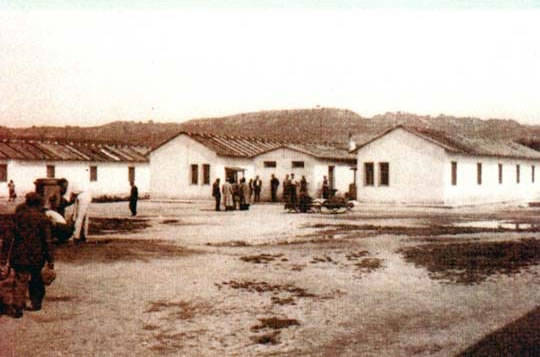


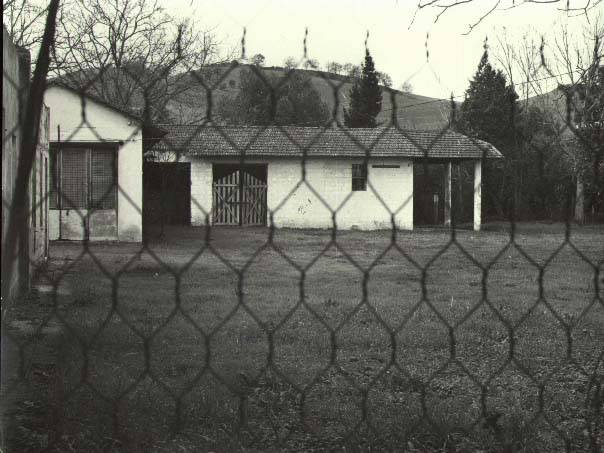
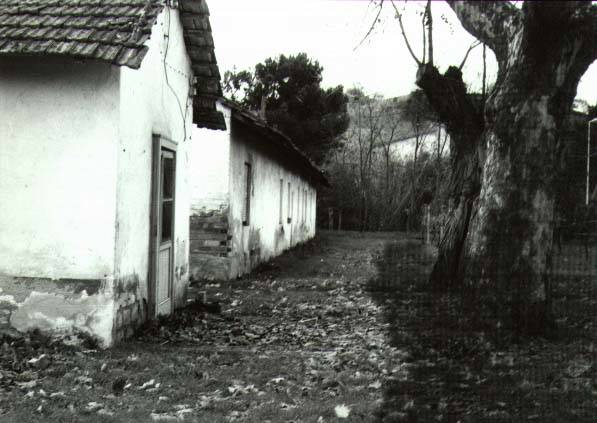
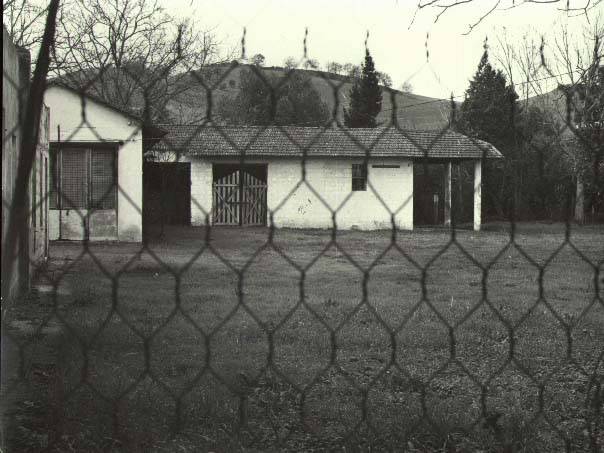
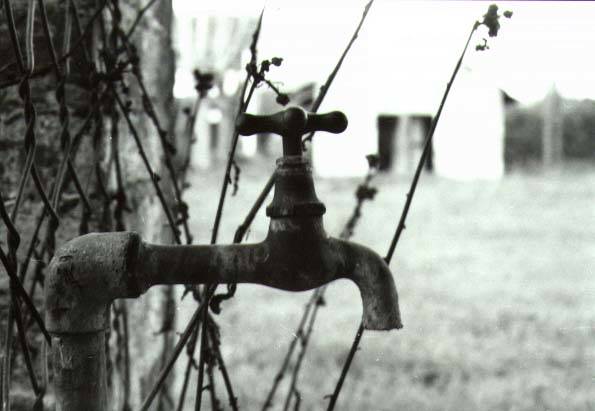
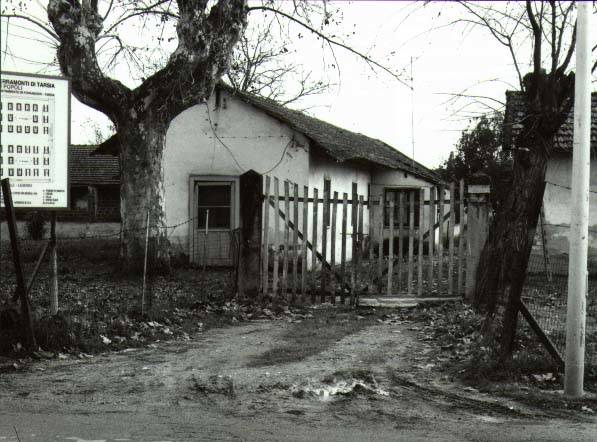
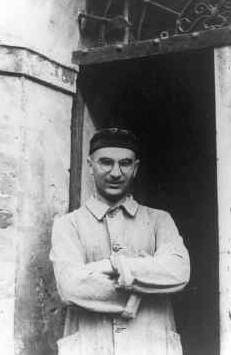
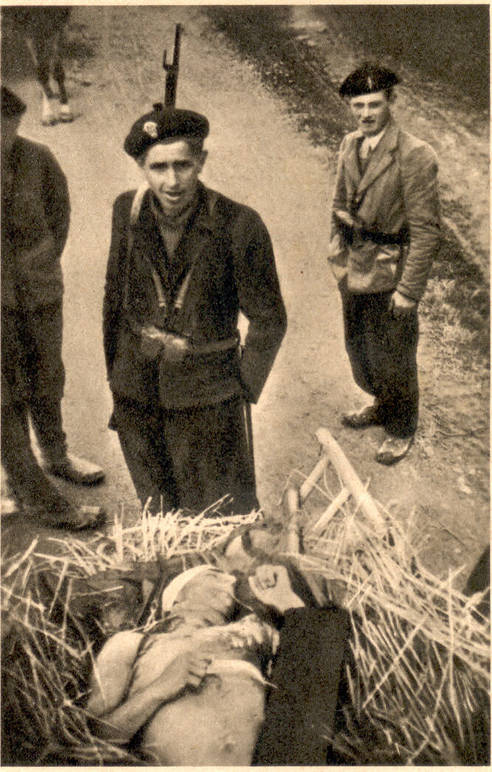
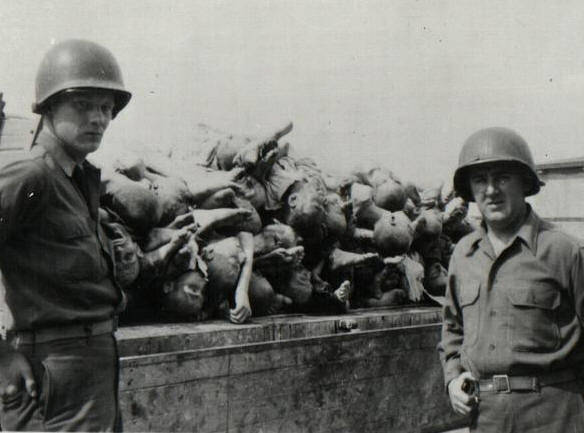

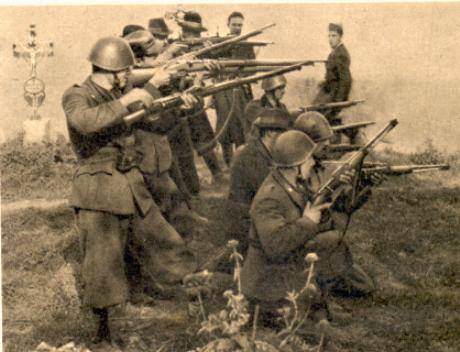
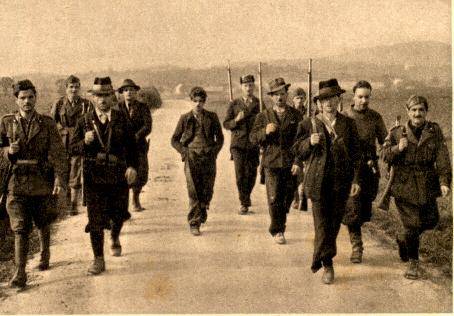


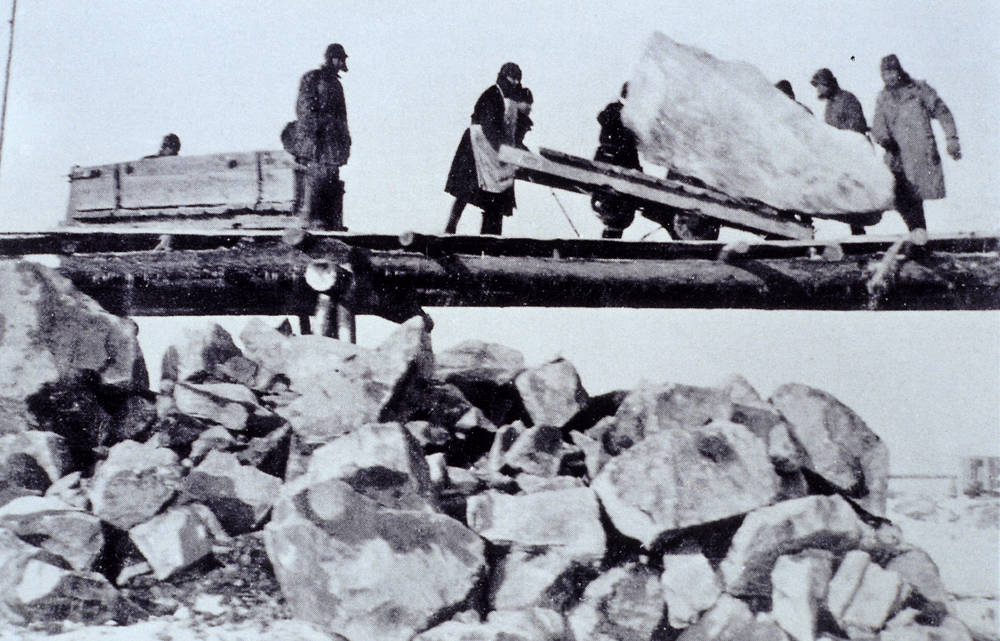

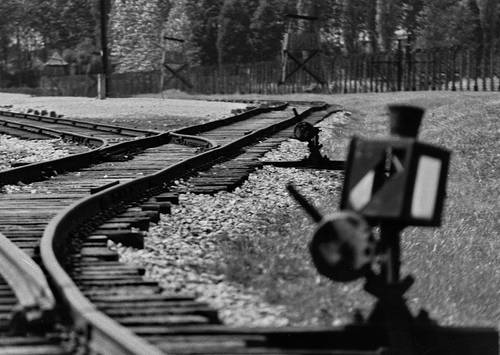



i-Italy
Facebook
Google+
This work may not be reproduced, in whole or in part, without prior written permission.
Questo lavoro non può essere riprodotto, in tutto o in parte, senza permesso scritto.